KYIV. Nov 21 (Interfax-Ukraine) – Europe’s average November temperatures are tentatively drawing closer to the multi-year norms. Nevertheless, the region is doing all it can to conserve gas from underground storage facilities amid uncertainty in supplies during the winter months. The start of the offtake season has been delayed by nearly a month, and consumption of reserves (under similar temperature conditions) is now below normal values.
Gazprom’s pumping request via Ukraine was little changed from previous days and months.
The Gas Transmission System Operator of Ukraine, or GTSOU, has accepted booking from Gazprom to transport 42.4 million cubic meters of gas through the country on Monday, unchanged from the previous gas day, data from GTSOU show.
Capacity was requested only through one of two entry points into Ukraine’s Gas Transmission System, the Sudzha metering station. A request was not accepted through the Sokhranivka metering station.
After a very warm October, weather in November in Europe is returning to the climatic norm. Preliminary average temperatures in the month are only one degree higher year-on-year (whereas temperatures in October were three degrees warmer year-on-year). However, despite similar temperature conditions, there is a markedly lower offtake of gas from UGS facilities.
The day-ahead contract at the TTF hub in the Netherlands closed at $1,173 per 1,000 cubic meters.
Wind power generation in Europe averaged 19% last week, according to WindEurope association data. Over the weekend (when energy consumption is reduced), wind turbine output fell to 15-16%. The forecast for Monday promises low winds in the region.
The Nord Stream pipeline is completely shut down. The Siemens engines used for its operation are leaking oil, and this malfunction can only be repaired at the factory. This is only possible at the Montreal plant, and Canada has imposed sanctions on Gazprom. In addition, last week there was a depressurization of two strings of Nord Stream 1 and one of Nord Stream 2 near the Danish island of Bornholm.
Europe has begun offtake of gas from its UGS facilities. The beginning of the offtake season (November 14) this year was the latest in the history of observation by Gas Infrastructure Europe (since 2011). The previous latest date was logged in 2013, with offtake beginning on November 4.
Inventories in UGS facilities are currently at 95.17%, an increase of 9 percentage points compared to the average indicator as of the same date over the past five years.
At the same time, Gazprom warned that "the load on Europe’s UGS facilities will be higher than in previous years due to the changed logistics and sources of gas supply to the European market."
European LNG terminals have increased their regasification capacity in response to lower temperatures. Since the beginning of November, their capacity utilization rate is 67%, compared to an average of 60% in October.
Before the start of the offtake season, U.S. gas producers are boosting gas injection into storage to make up for the summer lag in restoring reserves.
During the latest reporting week (ended November 11), 1.8 billion cubic meters of gas were injected into UGS facilities, which is significantly higher than the usual injection rate for this time.
The current inventory level is about 76%. This can already be called normal, as it is only 0.2% below the average for the last five years, according to the U.S. Department of Energy’s Energy Information Administration (EIA).
Nevertheless, this is significantly less than the reserves in the European and Russian UGS facilities.
The EIA now expects UGS reserves to decrease by 60 billion cubic meters this winter (the five-year average). At the end of March, natural gas volumes in storage will amount to 40 billion cubic meters, which is 8% lower than the five-year average.
